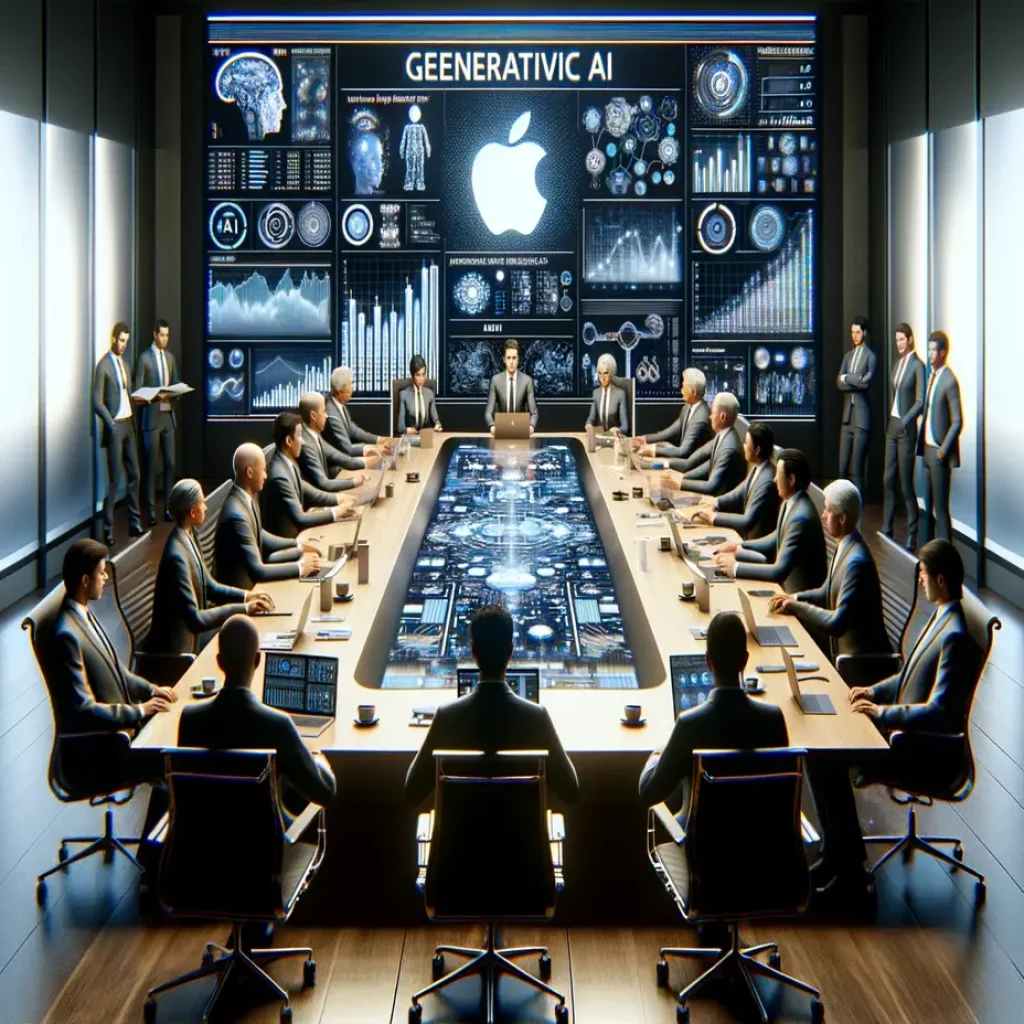As the market for generative artificial intelligence (AI) products grows rapidly, businesses looking to adopt these technologies face a delicate balance between technical capabilities, legal considerations, and financial implications. To ensure successful integration, companies must assess core intellectual property (IP) and commercial factors before using generative AI products or services. In addition to IP and commercial aspects, businesses should address data privacy, cybersecurity, employment, and international trade concerns.
1. Understanding the applicable terms
To kickstart the evaluation process, companies must inquire about the terms that apply to the intended use of the generative AI tool. Some tools may be offered through different agreements, such as “enterprise” or “free” tiers, each with distinct legal terms governing its use. An enterprise agreement might provide more specific rights and protections, making it worth considering despite potentially higher costs.
2. Investigating the source of training data
The training data’s quality and origin significantly impact generative AI tools’ reliability. Some datasets are fully authorized, while others are scraped from the internet, raising questions about potential gaps and limitations. Customers need to ask detailed questions about the training data to assess the tool’s reliability and the licensor’s credibility.
3. Securing protections through representations, warranties, or indemnities
In light of ongoing class-action lawsuits surrounding generative AI tools, businesses should seek customer protection from providers. The licensor’s insight into the training process and data sources can influence their willingness to offer such protections. However, free licenses may come with limitations in providing representations, warranties, or indemnities due to the complexities of data dependencies.
4. Monitoring tool quality and application testing
The issue of “hallucinations” – where generative AI tools confidently produce incorrect responses – remains challenging, especially in the healthcare and finance sectors. Companies should inquire about the provider’s approach to monitoring tool quality and if the tool has been thoroughly tested in relevant applications.
5. Clarifying ownership of customer data
Understanding the rights that the generative AI tool provider wants over customer data is crucial. Depending on the sensitivity of the data and the customer’s unique use case, it may be necessary to prohibit the provider from using customer data for further training of their algorithms/models. Customers should push for broad confidentiality terms to protect their data.
6. Establishing IP rights for output
Clarifying the ownership of intellectual property rights associated with the tool’s output is essential. Customers may need exclusive rights to prevent competitors from using the output. However, current regulations may not allow for full IP protection, and customers must carefully consider the terms of their agreement with the provider.
7. Adhering to rules and regulations
Providers should have mechanisms to assess and implement relevant rules and regulations about generative AI. As the regulatory landscape evolves, providers should proactively consider how regulations impact their operations and products.
8. Provider’s obligations during regulatory inquiries
Customers should ensure that the provider is willing to cooperate and provide relevant information in the event of regulatory inquiries. Audit or information rights in the commercial agreement can help customers gain insights into the tool’s operation and training process, aiding their compliance efforts.
As businesses consider incorporating generative AI tools, they must thoroughly assess the intellectual property and commercial implications. Companies can make informed decisions and mitigate potential legal and ethical concerns by asking these crucial questions. Additionally, addressing data privacy, cybersecurity, employment, and international trade considerations will contribute to the successful implementation of generative AI technology.





